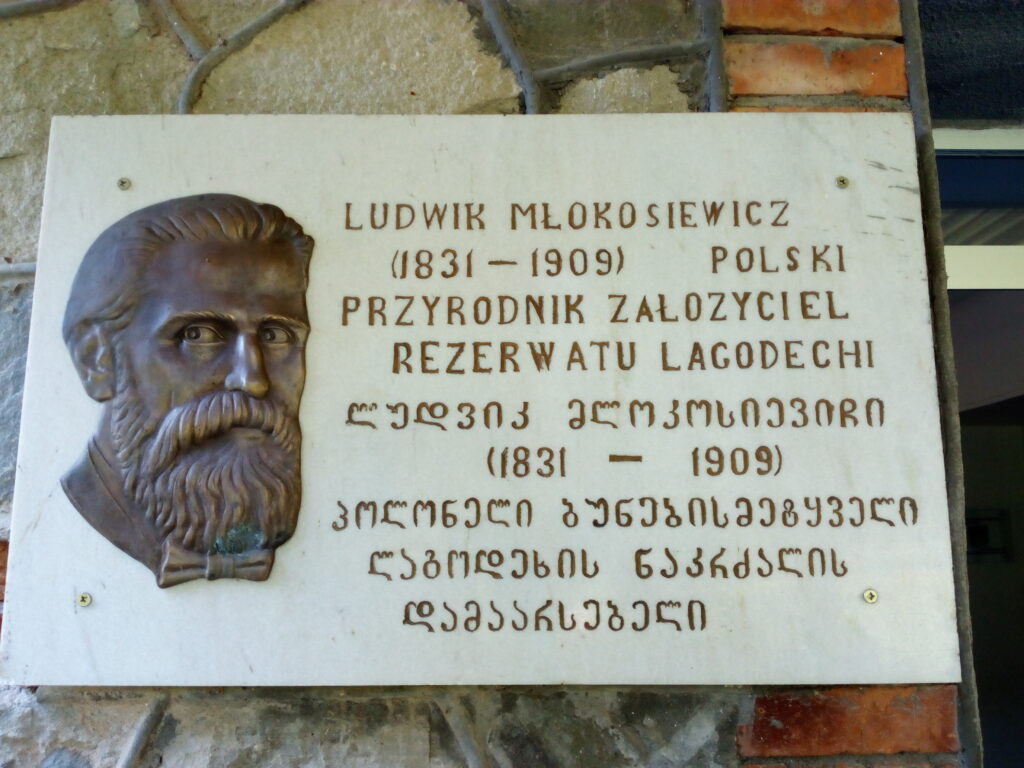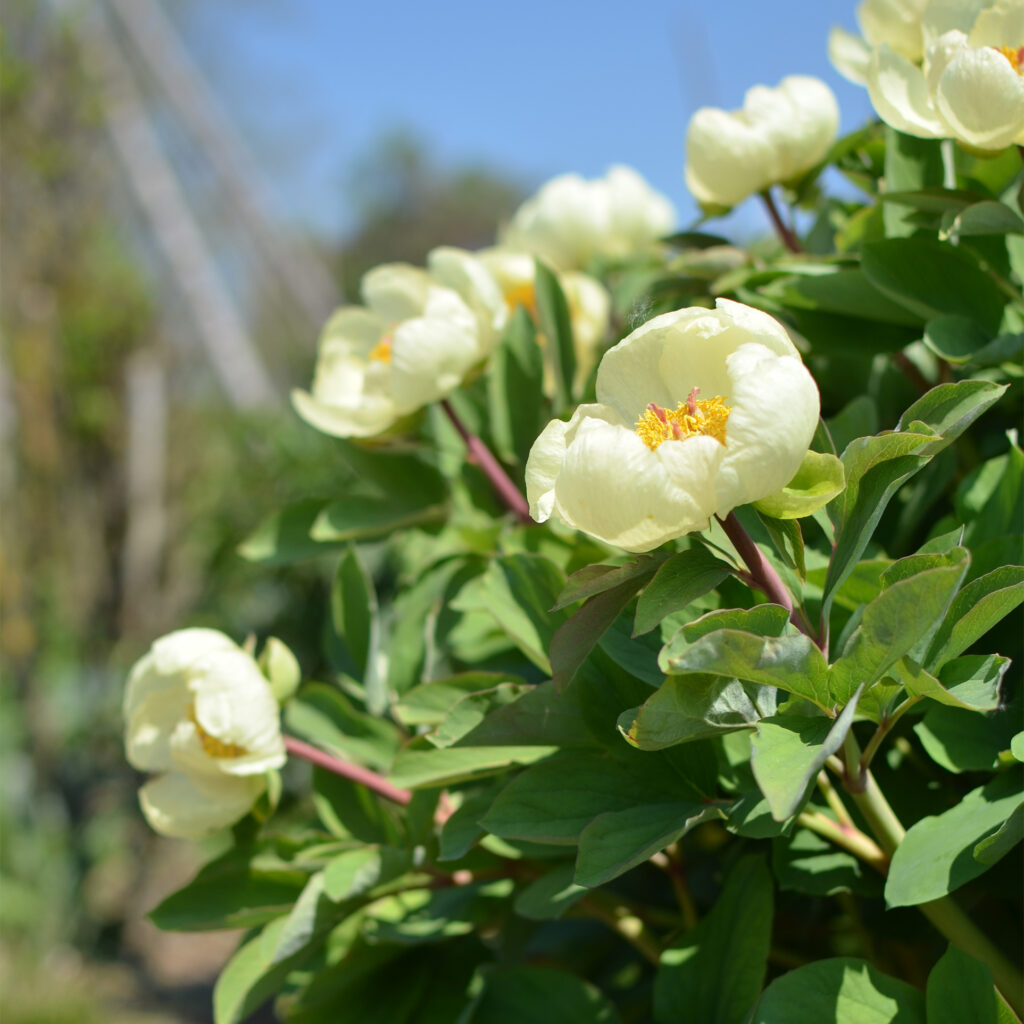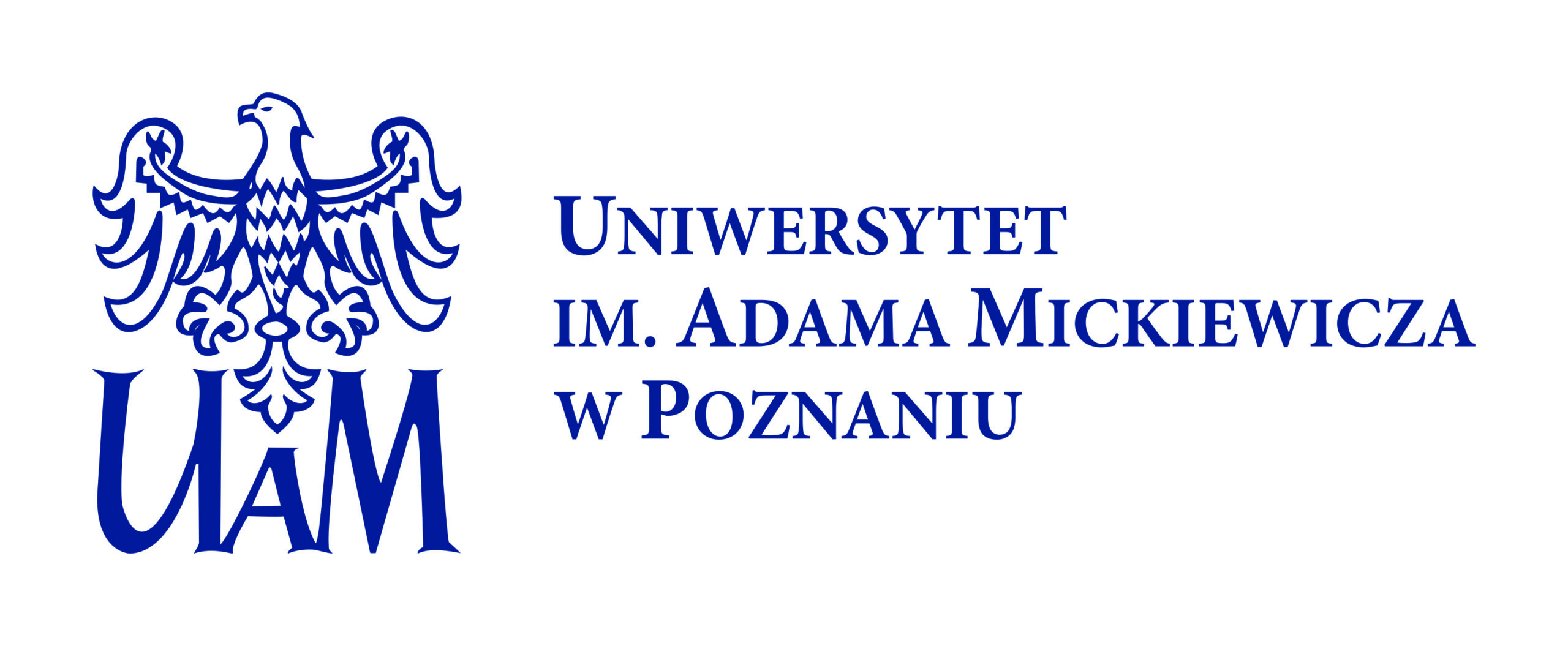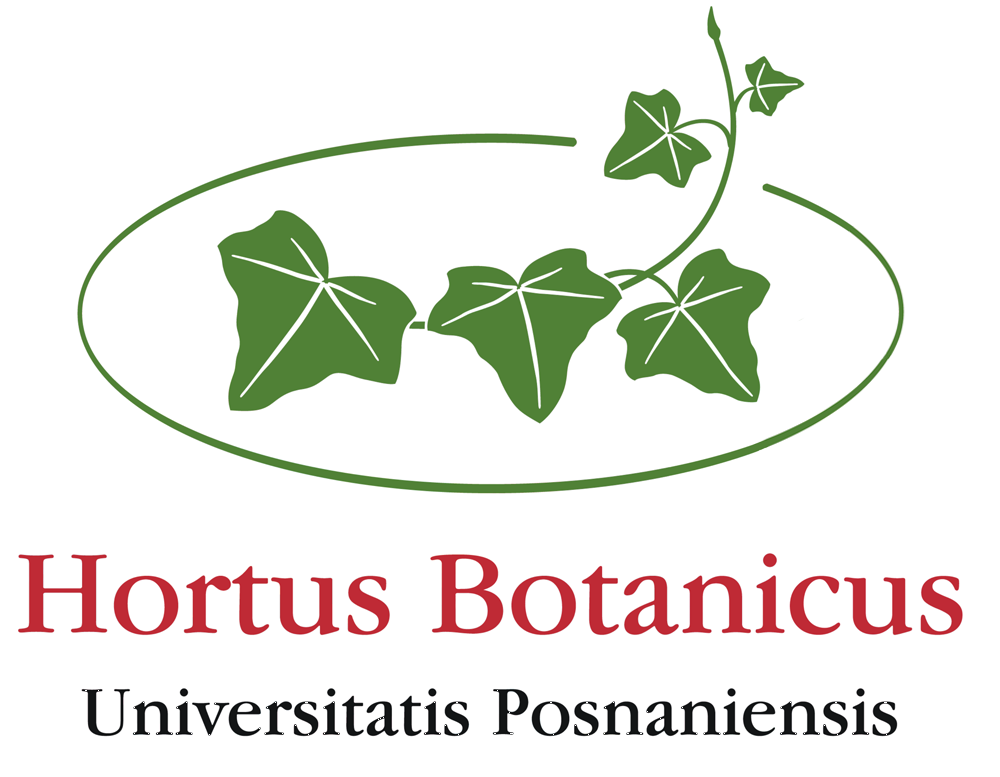educational path
(details)
Nature and Journey,
the story of Polish people abroad
5/7
Ludwik Młokosiewicz
(1831-1909)
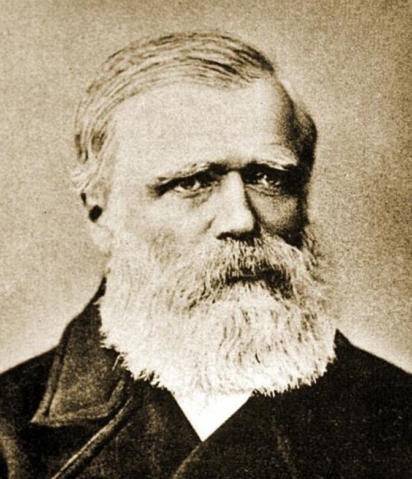
Ludwik Młokosiewicz, born in Warsaw to a noble family, gained renown as a traveler, zoologist, botanist, and explorer of the Caucasus. He first arrived in the region in 1853 as part of his service in the Russian Imperial Army, which stationed him in the Georgian town of Lagodekhi.
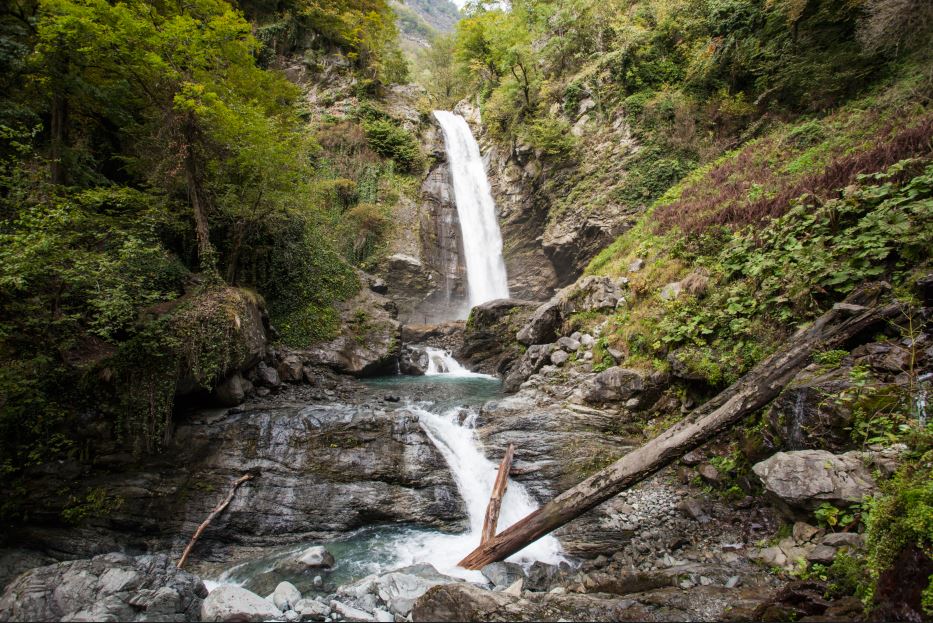
The nature of the Caucasus fascinated Młokosiewicz from his very first years there, prompting him to start studying the region’s rich biodiversity. In 1861, he resigned from military service to fully devote himself to scientific work. He undertook a series of expeditions throughout the Caucasus, during which he collected a vast number of botanical and zoological specimens.
He also spent considerable time in Persia (modern-day Iran), studying the flora of the Hyrcanian forests. One notable species he encountered in this region is Parrotia persica (DC.) C.A.Mey. This deciduous tree, which can reach heights of up to 20 meters, is characterized by its multi-stemmed growth form and extremely dense wood; hence it is also known as “ironwood”. The parrotia is also known for its attractive autumn appearance, as its leaves turn vibrant shades of yellow, red, and purple during that season.
In 1879, Młokosiewicz returned to Lagodekhi, where he was appointed forest ranger. He settled there permanently but continued his research work. He established a nature reserve and a dendrological garden (arboretum), where he cultivated valuable foreign plant species. He also initiated the founding of an agricultural school in the Georgian village of Satskhene.
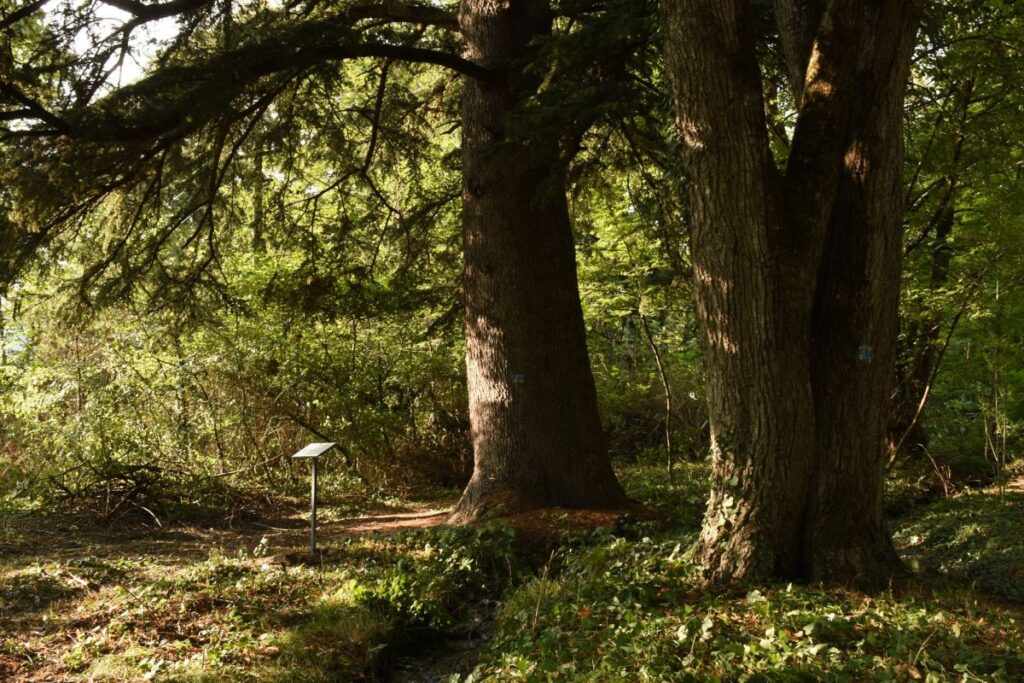
His contributions to the advancement of knowledge about the nature of the Caucasus were widely recognized by many distinguished scholars. Throughout his explorations, Młokosiewicz documented and described approximately 60 previously unknown species of plants and animals. Numerous taxa have been named in his honor, such as the peony Paeonia mlokosewitschii Lomakin. His legacy remains alive in the Caucasus region. The nature reserve he established in Lagodekhi still exists today, and the dendrarium has been revitalized by Polish naturalists. The town also hosts a museum dedicated to his life and work. The esteemed Russian traveler and geographer Vasily Vasilyevich Junker once said about Młokosiewicz:
“To be in the Caucasus and not see Młokosiewicz is like being in Rome and not seeing the Pope.”
